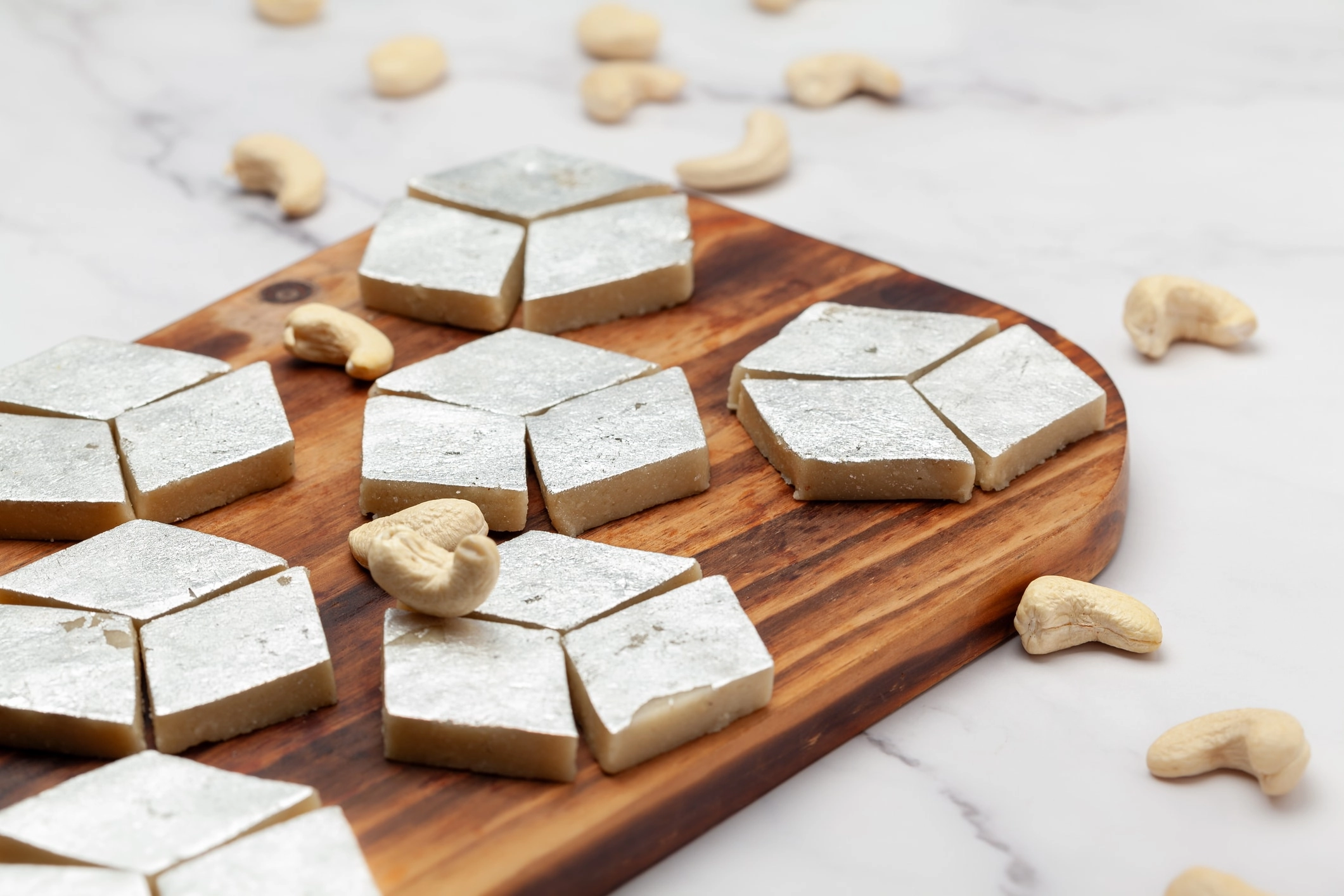Rajma, a beloved North Indian dish made from kidney beans, can be a delightful meal or a disappointing experience, depending on several critical factors in its preparation. Here are five key elements that can significantly influence the outcome of your rajma recipe, ensuring that it turns out perfectly every time.
First and foremost, the quality of the beans is paramount. Choosing fresh, high-quality kidney beans can make a substantial difference in both texture and flavor. Old or low-quality beans may take longer to cook and may not soften adequately, resulting in a dish that lacks the desired creaminess. It’s advisable to soak the beans overnight, as this not only helps them cook faster but also enhances their digestibility. If you’re short on time, a quick soak in boiling water can also be effective.
Next, the cooking technique plays a vital role in the overall success of your rajma. While traditional methods involve cooking beans on a stovetop, using a pressure cooker can save time and energy, leading to perfectly tender beans in a fraction of the time. Additionally, the method of sautéing the spices is crucial. Properly tempering ingredients like onions, tomatoes, ginger, and garlic allows their flavors to meld beautifully, creating a rich and aromatic base for the rajma.
Another essential factor is balancing the spices. Rajma is known for its robust flavors, and achieving the right balance is key. Common spices include cumin, coriander, garam masala, and chili powder. Start with smaller quantities and adjust according to your palate, ensuring that no single spice overpowers the others. Fresh herbs like cilantro can add a burst of freshness at the end, elevating the dish to new heights.
Finally, the cooking time and resting period are often overlooked but are vital for a great rajma. Allowing the dish to simmer for an adequate time enables the beans to absorb the spices fully, enhancing their flavor. After cooking, letting the rajma rest for at least 30 minutes before serving can help develop a deeper taste and improve the overall consistency. By paying attention to these five factors—bean quality, cooking technique, spice balance, and resting time—you can elevate your rajma from a simple meal to a culinary masterpiece that delights the palate.




